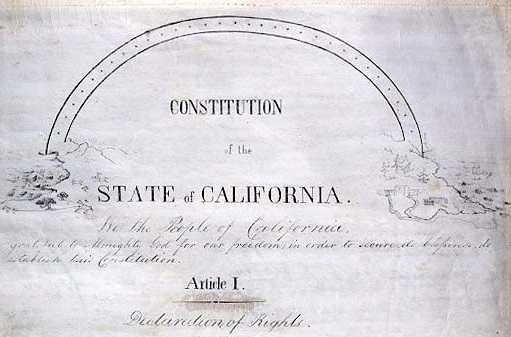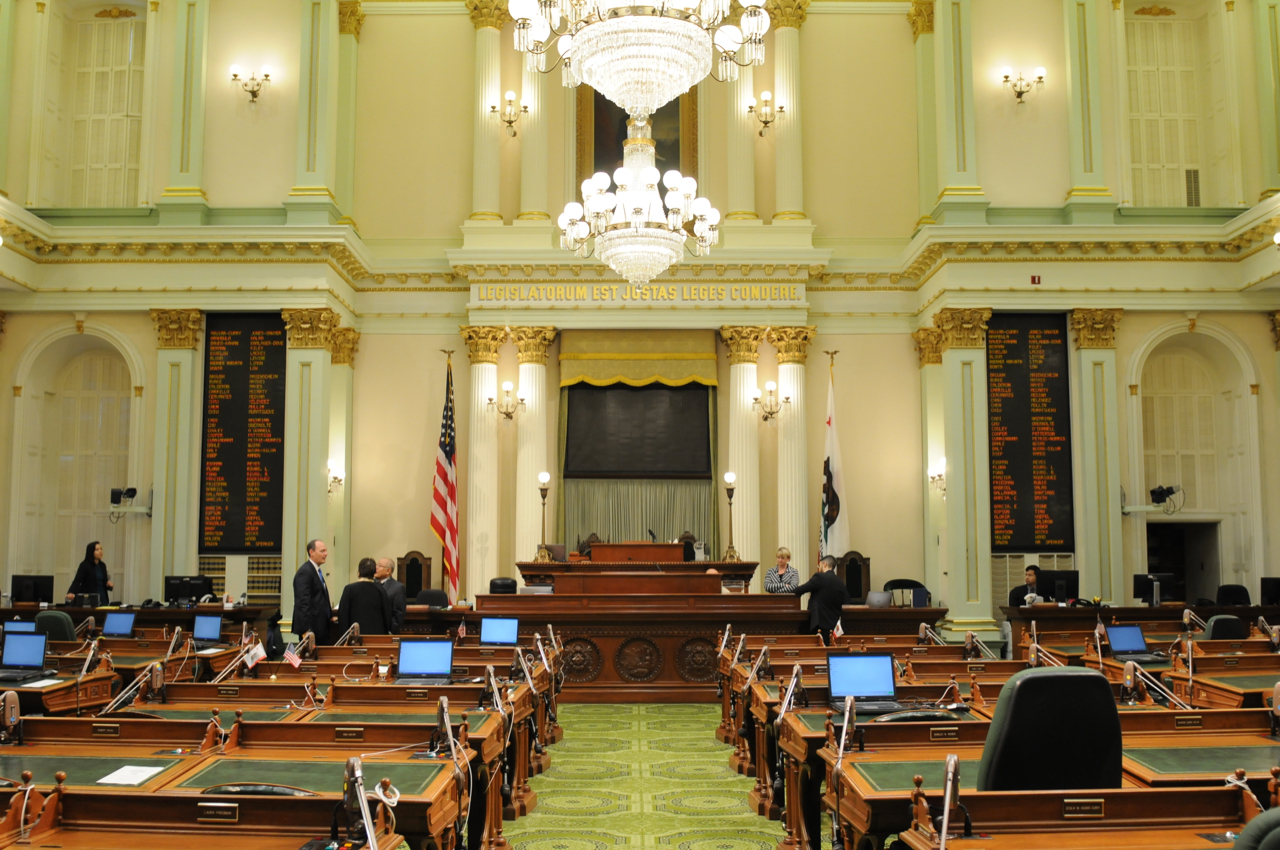
California State Capitol Dome. (Photo: Kevin Sanders for California Globe)
Why Is the Governor in Article IV of the California Constitution?
The drafters intended for the difference branches to have some sort of check and balance with the others
By Chris Micheli, January 5, 2022 7:06 am
When reading the California Constitution, we find that Article IV relates to the legislative branch of state government. Section 1 of Article IV grants lawmaking authority to the Legislature. On the other hand, Article V relates to the executive branch of state government. Section 1 of Article V grants the supreme executive power to the Governor.
So, why is the Governor mentioned several times on Article IV? And why is the Legislature mentioned several times in Article V? California’s separation of powers doctrine in enshrined in the state Constitution in Article III, Section 3. In fact, the language of Section 3 states: “The powers of state government are legislative, executive, and judicial. Persons charged with the exercise of one power may not exercise either of the others except as permitted by this Constitution.”
So, why are the legislative and executive branches of state government intertwined in numerous instances? The bottom line is that, despite the state’s three separate and co-equal branches of state government, and the stated intent that they are not to exercise powers of the other branches, the reality is that each branch plays a small role in the others’ activities.
First, the state Constitution in Article III, Section 3 specifically provides that limited role “except as permitted by this Constitution.” So, clearly, the drafters intended for the difference branches to have some sort of check and balance with the others. Second, the courts have long ruled that some limited exercise of power is limited basically so long as it does not infringe on the core authority of each other’s primary role in state government.
So, what are some examples of branches exercising powers related to a different branch’s authority? The following are some specific instances authorized by different provisions of the California Constitution in Articles IV (legislative) and V (executive):
- The Governor must speak to the Legislature once a year on the condition of the state and make recommendations.
- The Governor has the power to reorganize executive branch agencies and functions under the Governor’s line authority, but that power is subject to statutory provisions the Legislature is required to adopt.
- The Governor has the power to appoint individuals to fill a constitutional office vacancy, but that appointment is subject to both houses of the Legislature confirming the nomination (or at least not rejecting it).
- The Governor appoints his or her cabinet (agency secretaries), department directors and numerous other executive branch officials, who are subject to State Senate confirmation.
- The Legislature passes bills, but bills must be presented to the Governor for final action.
- The Legislature must pass the state budget by June 15, but the Governor must present the first budget proposal to the Legislature by January 10.
- The Governor is commander in chief of the state militia, but the militia is established by statute by the Legislature.
- The Governor has sole discretion to grant a reprieve, pardon, or commutation, but the application procedures are established by statute by the Legislature.
- The Governor can call the Legislature into special session.
- The Governor must report to the Legislature any grants of reprieve, pardon, or commutation, as well as any parole decisions.
- The Legislature cannot act on the final version of a bill for 72 hours, but the Governor can proclaim an emergency to exempt a bill from this requirement.
- The Legislature passes the budget bill and bills containing appropriations, but the Governor can reduce or eliminate an appropriation (i.e., line-item veto).
- The Legislature is prohibited from authorizing casino-type gaming in this state, but the Governor can negotiate an Indian gaming compact to authorize slot machines and house-banked games, and those compacts must be approved by the Legislature.
As readers can see from the list above, there are a number of instances contained in the state Constitution where the legislative and executive branches of government are intertwined, including where the other branch of state government is provided a “check” or a “balance” against the power of the other branch of state government.
- Frequently Asked Questions about State Agency Ethics Training - April 26, 2024
- Frequently Asked Questions about When Elected Officials Take Office - April 25, 2024
- Frequently Asked Questions About Ethics Training for Local Agencies - April 24, 2024





Comrades
Boring…..Poly Sci is a dog college major…..useless……most instructors are insane, belligerent and career rejects….
What happened to the courts? The 2020 election was ruled unconstitutional and then silence…We need to push hard to stop the unelected Gavin….The legislator did NOT approve mail in ballots….the courts have ruled…WHERE IS THE PUNISHMENT? Retract the 2020 election and the RECALL…